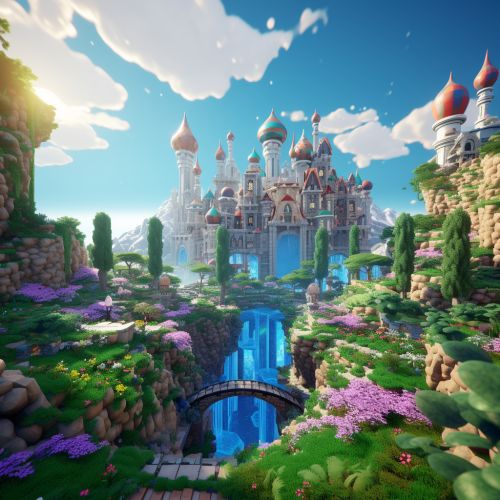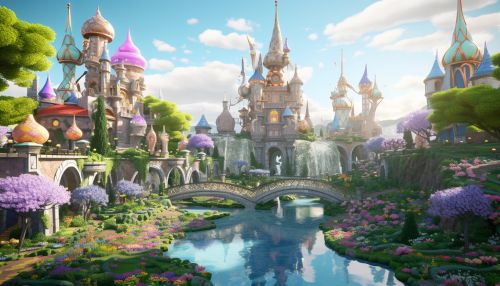Minecraft
Overview
Minecraft is a sandbox video game developed and published by Mojang Studios. The game was created by Markus Persson in the Java programming language and released as a public alpha for personal computers in 2009 before officially releasing in November 2011, with Jens Bergensten taking over development. Minecraft has since been ported to various platforms and become the best-selling video game of all time, with 200 million copies sold across all platforms and 126 million monthly active users as of 2020.
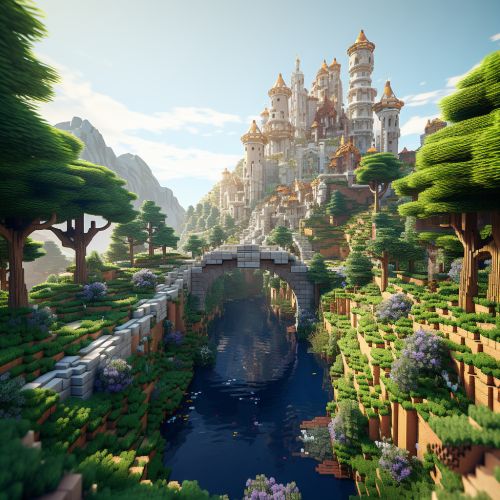
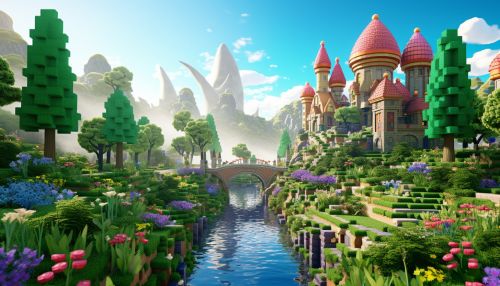
Gameplay
In Minecraft, players explore a blocky, procedurally-generated 3D world with infinite terrain, and may discover and extract raw materials, craft tools and items, and build structures or earthworks. Depending on game mode, players can fight computer-controlled "mobs", as well as cooperate with or compete against other players in the same world. Game modes include a survival mode, in which players must acquire resources to build the world and maintain health, and a creative mode, where players have unlimited resources. Players can modify the game to create new gameplay mechanics, items, and assets.

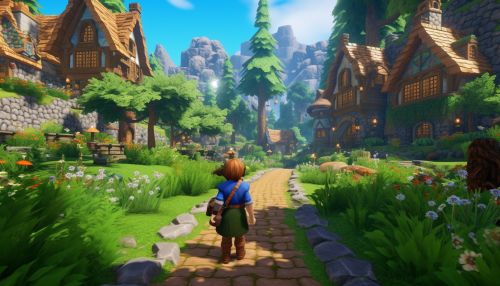
Development and Release
Minecraft was initially conceived by Markus Persson, known online as "Notch", after he was inspired by games like Dwarf Fortress, Dungeon Keeper, and Infiniminer. Persson began programming the first version of Minecraft in 2009, using the Java programming language. The game was first released to the public on May 17, 2009, as a developmental release on TIGSource forums. At this early stage, Minecraft was known as the "Cave Game". The game was officially released on November 18, 2011, after several beta versions.


Reception and Legacy
Minecraft has been critically acclaimed, winning several awards and being cited as one of the greatest video games of all time. Social media, parodies, adaptations, merchandise, and the MineCon convention played large roles in popularizing the game. It has also been used in educational environments, especially in the realm of computing systems, as virtual computers and hardware devices have been built in it. Minecraft's influence extends beyond the gaming world, with the game and its community influencing various aspects of popular culture and media.
